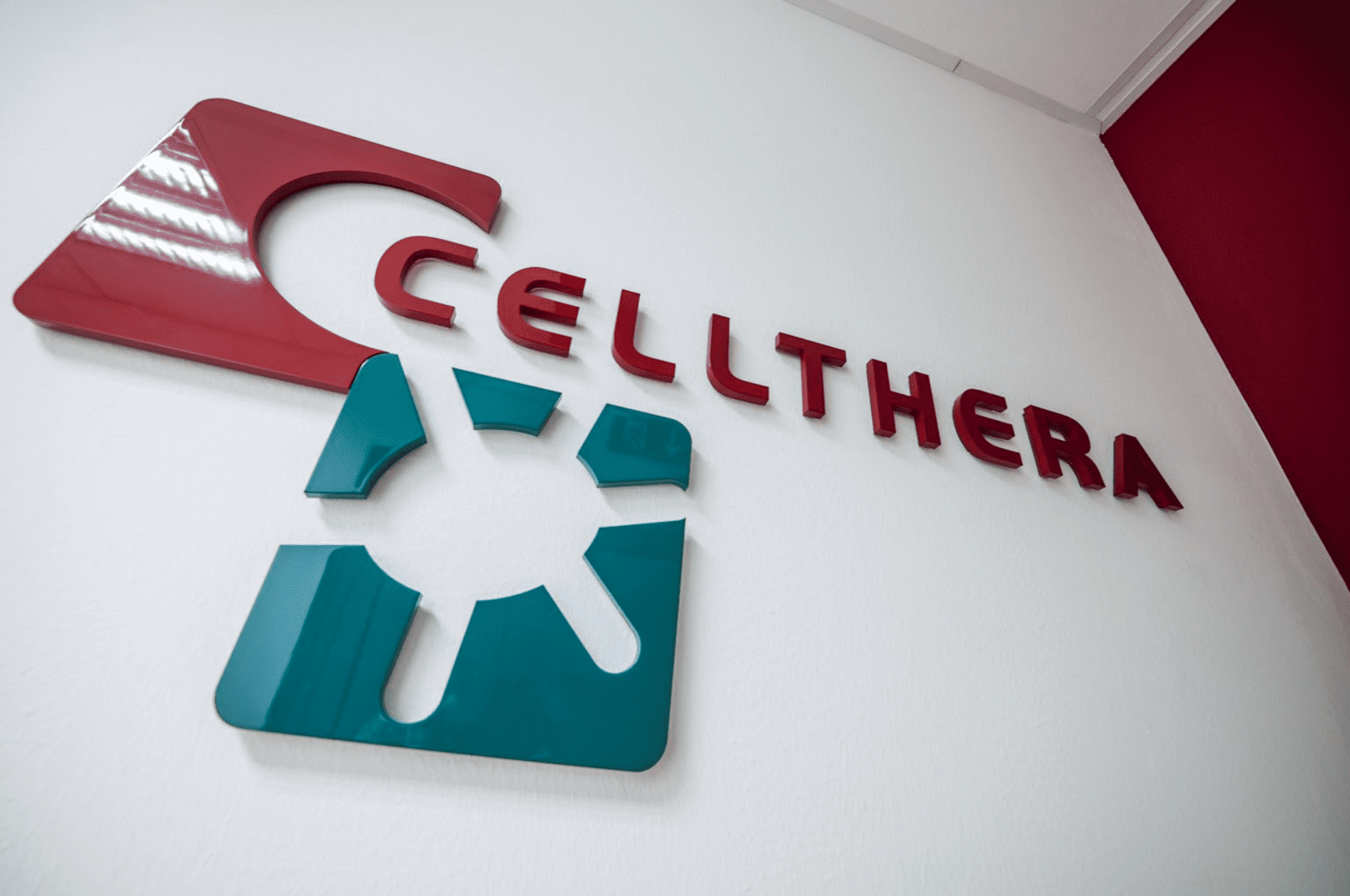Inferior Vena Cava Thrombosis (IVC): What Is and Disease Causes
Inferior vena cava thrombosis (IVC) is pathology quite often leading to the physical incapacity of patient. This condition occurs infrequently; however, IVC thrombosis in many cases is incorrectly diagnosed. Disease causes many other defects. Predisposing prothrombotic state has similar manifestations with some diseases, which complicates its identification.
Inferior vena cava thrombosis causes
During the normal body operation, function of inferior vena cava is to collect venous blood in abdominal cavity and lower body structures, and “deliver” it to the heart. Vessel clogging or damage affects the blood supply to relevant structures.
Vena cava thrombosis is blood clot occurrence in vessel. Blood becomes too thick; blood cells stick together, forming lumpy masses and blocking inferior vena cava filters. Usually gores appear inside one vena cava. Speaking about the reasons for pathology development, we can distinguish the following.
- Thrombosis is often caused by adjacent structures pressure, such as renal cell tumor, pancreatic carcinoma, large uterine fibroids, liver abscess, etc. External structures cause compression, provoking stagnation in blood.
- Thrombi may develop due to hypercoagulability.
- Serious hip injury.
- Superior and inferior vena cava damage during the artificial blood flow formation – done during some operations.
- Placement of dialysis catheters, femoral venous catheters, etc.
- Genetic predisposition.
- Risk factors: smoking, overweight, hormone regeneration therapy, pregnancy.
Symptoms of inferior and superior vena cava thrombosis
- Constant long pains in lower abdomen, appearing mainly beyond physical exertion.
- Discomfort feeling in last days of menstruation.
- Severe pain during hypothermia, stress, mucous secretions appearance.
Inferior vena cava (IVC) thrombosis diagnosis and treatment
There are no clear techniques for IVC thrombosis diagnosing, but non-invasive visual options are generally used.
- Ultrasound – operative, simple and non-ionizing method. It determines factor provoking thrombosis – external IVC compression or anomaly in vessel.
- CT – veins structures visualization and pelvic or secondary abdominal pathology.
- Magnetic resonance venography – thrombi differentiation. MRI helps to overdiagnose thrombosis. MRV agvantage is its non-ionizing radiative nature. This method more accurately gives the clot contour and clear visualization of the anomaly.
If pathology isn’t treated in time, the patient may experience quite serious consequences.
- A common inferior vena cava thrombosis treatment method is systemic anticoagulant therapy, used to minimize the blood clot spread and reduce probability of pulmonary embolism occuring alleviating symptoms.
- Significantly better intervention results are recorded with heavier endovascular therapy, including thrombolysis or thrombectomy.
- In mild forms – compression underwear, correcting the vessel’s state.
- Severe forms – IVC thrombosis treatment involves surgical intervention for blood clot removing
In chronic IVC thrombosis, occlusion removal minimizes venous return; thereby reducing venous hypertension and correcting general state.




